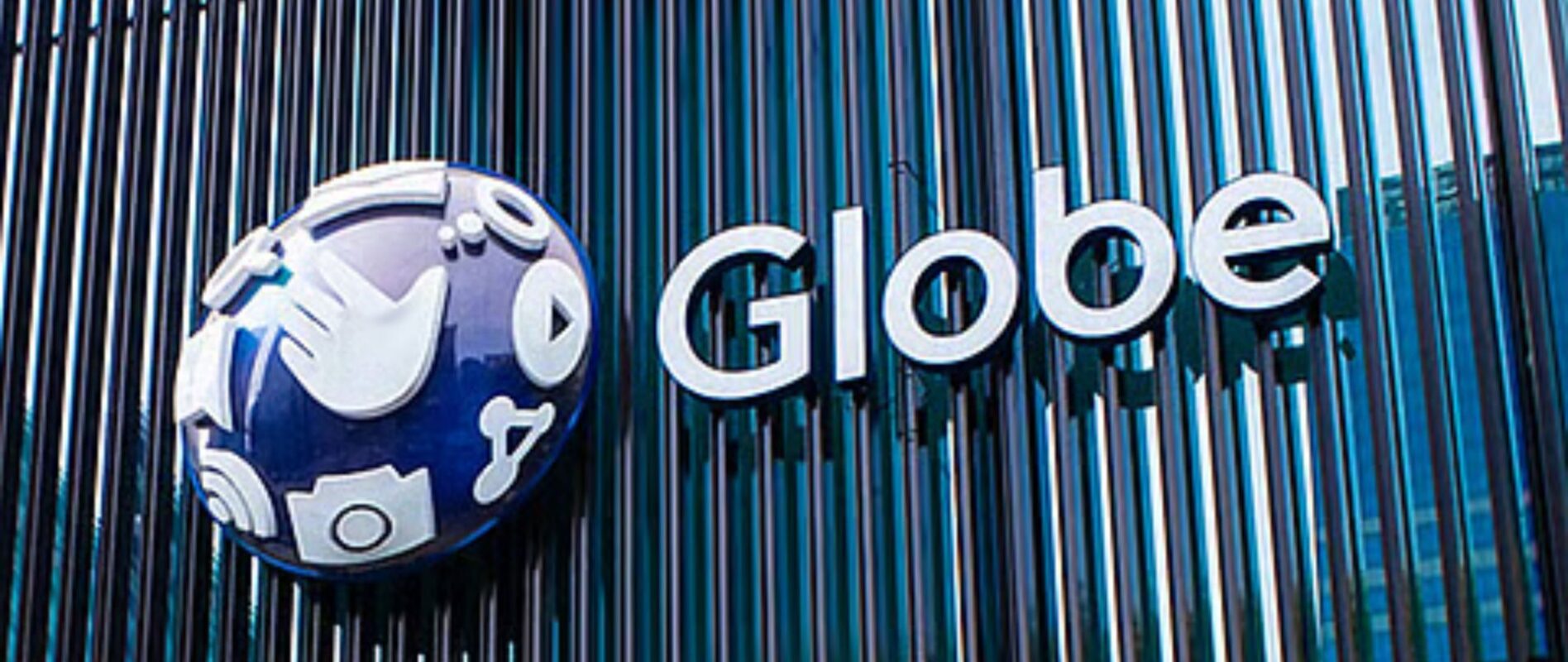COMMON INGREDIENTS YOU SHOULD LOOK FOR IN YOUR SKINCARE ROUTINE
Mga Katambay, here are some skincare knowledge for you! Watch out for my personal skincare routine reveal!
Lately, there has been an exponential increase in the number of people dipping their toes into skincare. And whether if you have built your own skincare routine or you are just starting to make one, there is one thing that many of us feel intimidated by — ingredients.
If there is an established fact for all skincare junkies, it is that skincare is not about the brand, it is all about the ingredients. No matter how expensive or fancy the product is, if the ingredient list is not good, then you are just wasting your money.
But reading the ingredients in any product can be very intimidating especially if the first ingredient sounds like gibberish and the second one sounds like a spell in a Harry Potter movie. And with hundreds of ingredients out there, it is hard to find what ingredients you need.
Don’t worry, The FEED got you covered! In this article, we listed some of the most common ingredients you need to look for in your skincare routine.
Niacinamide
Niacinamide is one of the ingredients that rose to fame during the pandemic, especially with the help of the modern trendsetter — Tiktok. And with all the amazing benefits it gives, niacinamide has been dubbed by many skincare junkies as the ‘holy grail’ ingredient.
Also known as nicotinamide, niacinamide is a form of vitamin B-3 that has been proven to help fight free radical damage, brighten dark spots, acne scars, regulate oil, and so much more!
Aside from its amazing benefits, what makes niacinamide stand out from any other ingredients is that niacinamide can be used by anyone regardless of skin type. Because of its oil regulating factor that regulates excess sebum production, it is a dream come true for any person with oily skin. While for people with dry skin, niacinamide helps your skin grow a lipid barrier which helps retain moisture.
A ‘holy grail’ indeed!
Salicylic Acid or BHA
One of the most common misconceptions in the skincare industry is that you shouldn’t exfoliate your skin every day. But in fact, many experts tell us that exfoliating your skin every day is better than exfoliating once or twice a week. This misconception rose to fame when exfoliants are imbued with microbeads that damage the skin caused by small tears.
This is why salicylic acid or Beta Hydroxy Acid (BHA) should be a staple in everyone’s skincare routine. Salicylic acid is a chemical exfoliant extracted from a willow tree bark that dissolves dead skin cells and penetrates the pores to remove dirt and excess oil — the two most common causes of acne.
Compared to physical exfoliants like those with microbeads, salicylic acid also has hydrating properties that help smoothen and soften the skin. And thanks to its inherent calming properties it also gently soothes aggravated skin. Add it all together and you have a brighter and younger skin!
However, despite being considered as an over-the-counter topical acne product, salicylic acid when used in a concentration of more than 0.5% – 2% can be damaging to the skin especially for dry skin. This is why this ingredient is recommended for oily to combination skin — so use it with caution.
Glycolic Acid or AHA
Another chemical exfoliant is glycolic acid which is a kind of alpha-hydroxy acid (AHA). This ingredient is commonly derived naturally from various plant sources and from milk. Like BHA, it also dissolves the dead skin cells and reduces signs of aging.
So, what is the difference between AHA and BHA if they have the same benefits? It boils down to who should use these exfoliants.
Because of its deep penetrating properties, BHA is best recommended for people with oily and acne-prone skin while people with dry and surface-level skin concerns are better off with AHA. With this being said, it doesn’t necessarily mean that people with oily skin shouldn’t use AHA or the other way around.
Knowing what your skin can or cannot handle is one of the most important rules when it comes to skincare. So, know your skin type and start shedding those old skin cells!
Polyhydroxy Acid (PHA)
Polyhydroxy acid or PHA is another form of chemical exfoliant. This exfoliant can be found in ingredients such as gluconolactone and lactobionic acid. Compared to other types of chemical exfoliants, PHA has larger molecular structures which allows it to penetrate the skin slower which is better for people with sensitive skin.
Despite its limited skin penetration properties, this ingredient does not mean that it is less effective than AHA or BHA. Aside from its exfoliating factors, PHA also helps reduce hyperpigmentation, improve skin texture, and improve the skin’s moisture content.
So, if you want to exfoliate but you have sensitive skin and it can’t handle AHA and BHA then polyhydroxy acid is definitely the way to go.
Hyaluronic acid and Glycerin
Enough with exfoliating and let’s move to hydration! Hyaluronic acid and Glycerin are some of the most common humectant ingredients in the skincare industry. Basically, what humectants do is it draws moisture from the air to the skin.
Yes, oil is one of the causes of acne which is why we use exfoliators to avoid breakouts. But over-stripping your skin of oil is also not good. Our skin has natural oils that form a protective barrier against bacteria and other harmful elements that can cause damage to the skin which can also lead to acne breakouts.
This is where humectants such as Hyaluronic acid and Glycerin come into play. These ingredients can be naturally found in the skin which is why it has a low risk of irritation and can be used by people with any type of skin. But for people with dry skin, Hyaluronic acid and Glycerin is an answered prayer.
These ingredients act as a skin-replenishing and skin-restoring agent which balances the moisture in the skin. Not only does it boost the skin’s moisture content but it also soothes the skin and can help against moisture loss which gives you the glass skin look.
Building your skincare routine can be hard — not to mention expensive! So, to make sure that you are getting your money’s worth, always check the ingredient list to find out if it’s going to give you the results you need.
P.S. SUNSCREEN IS A MUST!














